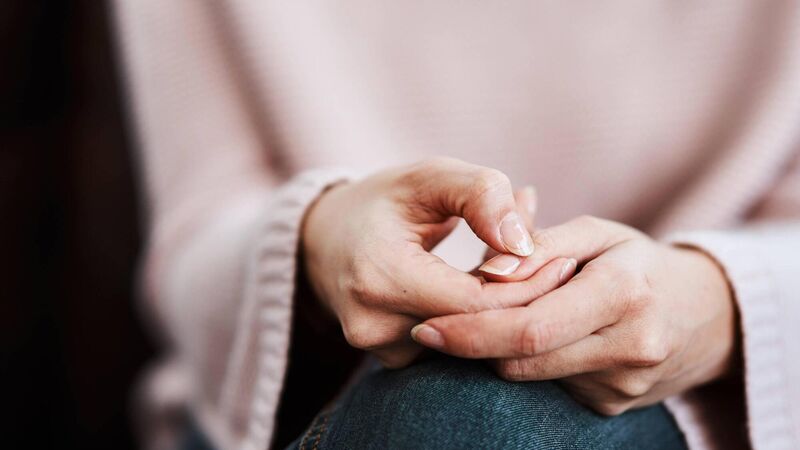Taking Back Control: What is coercive control and how can we recognise the signs?

Isolation, control of finances and preventing access to support services are signs of coercive control. Picture: iStock
Here’s what you need to know about coercive control and the warning signs to be aware of in a relationship.
Women’s Aid defines coercive control as a persistent pattern of controlling, coercive and threatening behaviour. It can include all or some forms of domestic abuse such as emotional, financial, physical and sexual and can be from a current partner or an ex.
Coercive control can trap a person in a relationship and make it impossible or dangerous for them to leave. Under Section 39 of the new Domestic Violence Act 2018, it is a criminal offence in Ireland.
While the actions of an abuser may vary, there are some signs that can help us to recognise coercive control.
Safe Ireland states that coercive control may include stalking, threats, isolation, intimidation, coercion, and control as well as physical and/or sexual violence.
“Coercive control is about isolating somebody, depriving them of everyday stuff like food or electricity or having total control over whether they eat, whether they get warm,” Mary Crilly, CEO of the Sexual Violence Centre Cork explained.
“They monitor everything they do, whether it’s checking their petrol or the mileage in the car, which they would do quite a lot, checking all of their online contacts, checking their phone, checking their texts. Total control.”
Isolation, control of finances and preventing access to support services are other signs of coercive control as well as control over elements of everyday life such as where you go, who you can meet and what you wear.
“They find ways of undermining her support as well. This is one of the reasons why she becomes so isolated — a victim of coercive control,” added Mary-Louise Lynch, founder of Sisi, a collective of women survivors of intimate abuse.
Other signs include repeatedly putting you down or enforcing rules an activity that is designed to degrade you or threatening to reveal or publish private information, including private photos or videos.
According to Women’s Aid, coercive control can have a serious impact. It can damage a person’s physical and emotional well-being and can result in losing contact with family and friends or giving up work.
If you are concerned about someone you know, a list of both practical and emotional support is available on womensaid.ie.
“One of the things that’s really important is to understand that often if she is rejecting people, it’s him that’s doing it. Don’t be offended by her if she drops off. Keep checking in,” Ms Lynch advised.
“Even if it’s just to say, ‘I know what is going on, I want to help you, so let me know when you’re ready or when I can do anything’. Just so they know that somebody else is listening,” Ms Crilly added.
If you recognise one or more of the signs of coercive control or if you would like to talk to someone, you can contact the Women’s Aid 24-hour National Freephone Helpline 1800 341 900.
A list of local domestic abuse services can be found on safeireland.ie.
Additional information on reporting coercive control is also available on garda.ie.







